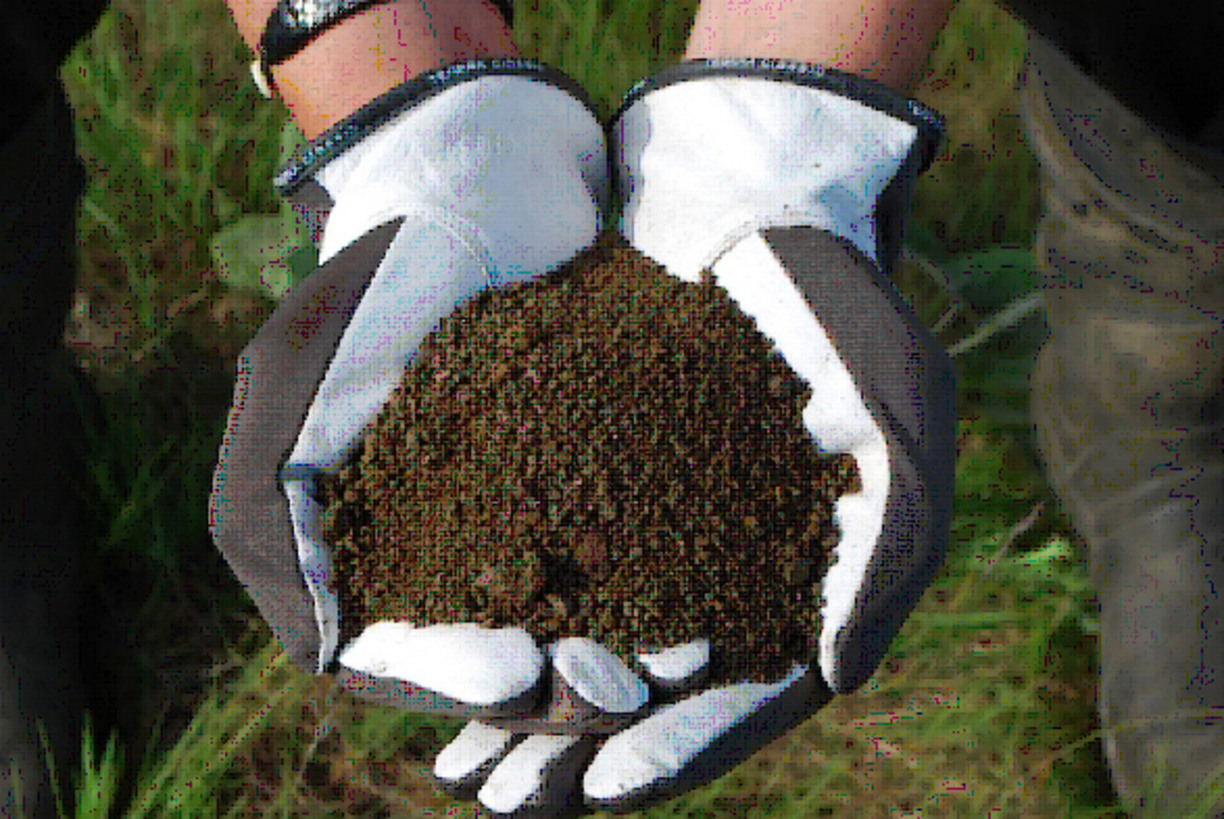
Freeze dewatering and drying
Thermal treatment for contaminate concentration and transformation of waste to value.
The purpose of freeze dewatering/drying of sludge is to remove water to an extent that enables a high net energy output during incineration, and a stable material during deposition, of both hazardous and non-hazardous material.
Hazardous waste incineration is relatively expensive compared with other methods, such as biological treatment or disposal, but very effective. One advantage of incineration is that it becomes a very small amount left to be disposed.
Another aim of using the method is to attempt to separate contaminates during the freeze-thaw process, some contaminates will leave in water phase other will stay in the solid phase.
As a result of this study large scale freeze dewatering is made to dewater oil contaminated sludge prior to compost treatment.
Artificial freezing is also used for dredging of contaminated sediments. During 2010-2011 LTU and FriGeo will study the drying potential and dose savings during uptake of radioactive material. The material is retrieved during the decommissioning of a Nuclear power plant in Great Brittan.
PhD student Susanne Rostmark | Supervisor Sven Knutsson
Contact
Sven Knutsson
- Senior Professor
- 0920-493312
- sven.knutsson@ltu.se
- Sven Knutsson
Updated:
